Even before the opening round of this year’s FIA World Endurance Championship in Portugal on 4 April, it’s tempting to call the new hypercar era a smash hit. Why? Well, Toyota, for starters. Alpine, sort of. Peugeot, at least from next year. Later, Audi and Porsche. Acura, too. And very definitely not forgetting Ferrari.
Given that Toyota has spent the past three years competing against a bunch of well-intentioned privateers in the ailing, expensive LMP1 prototype class, the promised influx of manufacturers is testimony to the new hypercar regulations. The promise of lower costs, a level playing field, an arena to showcase new technology and the chance to compete in the iconic Le Mans 24 Hours is a winning combination.
The appeal is simple: every manufacturer will head to Le Mans knowing that, if they perform well, they should have a chance of victory. The rules themselves aren’t so simple, and there have been significant changes along the way as various authorities and manufacturers have had their input. The result is two similar-but-different packages: the WEC’s Le Mans Hypercar (LMH) rules and, from next year, the US-based IMSA Sportscar Championship’s Le Mans Daytona Hybrid (LMDh) formula. And, for 2021 at least, old LMP1 cars are allowed to compete, albeit with their performance pegged back.
How will it work?
The agreement between the various rules organisers (motorsport’s governing body, the FIA; Le Mans’ organiser, the ACO; and North America’s sports car racing sanctioning body, IMSA) has been key to ensuring that the two new rules packages converge. Essentially, LMH and LMDh take different routes to the same outcome.
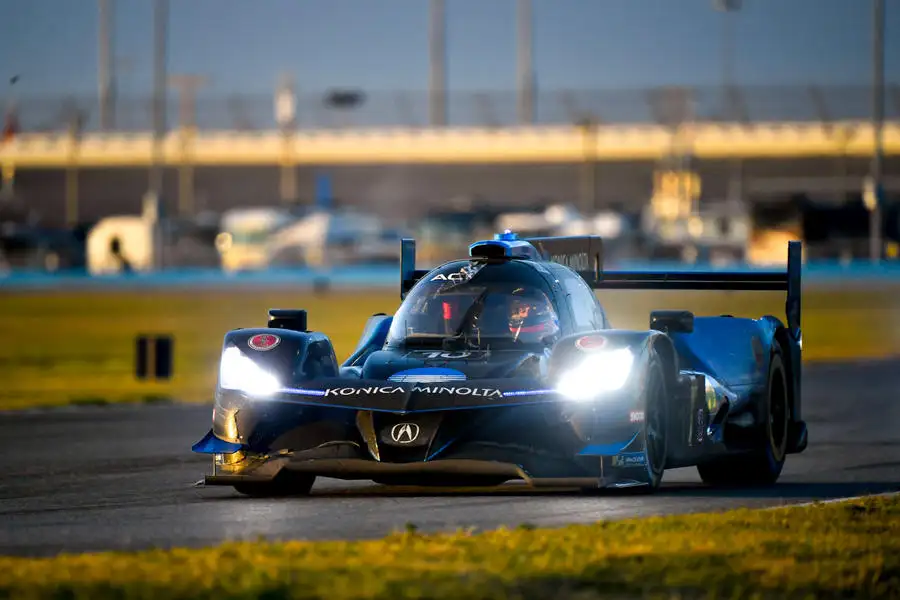
In both classes, peak power output is pegged at 670bhp. Cars in both classes must be of an identical size and weight, while achieving a set downforce-to-drag ratio and strict controls on aerodynamic development, while ensuring that manufacturers are free to add styling touches to certain areas of bodywork.

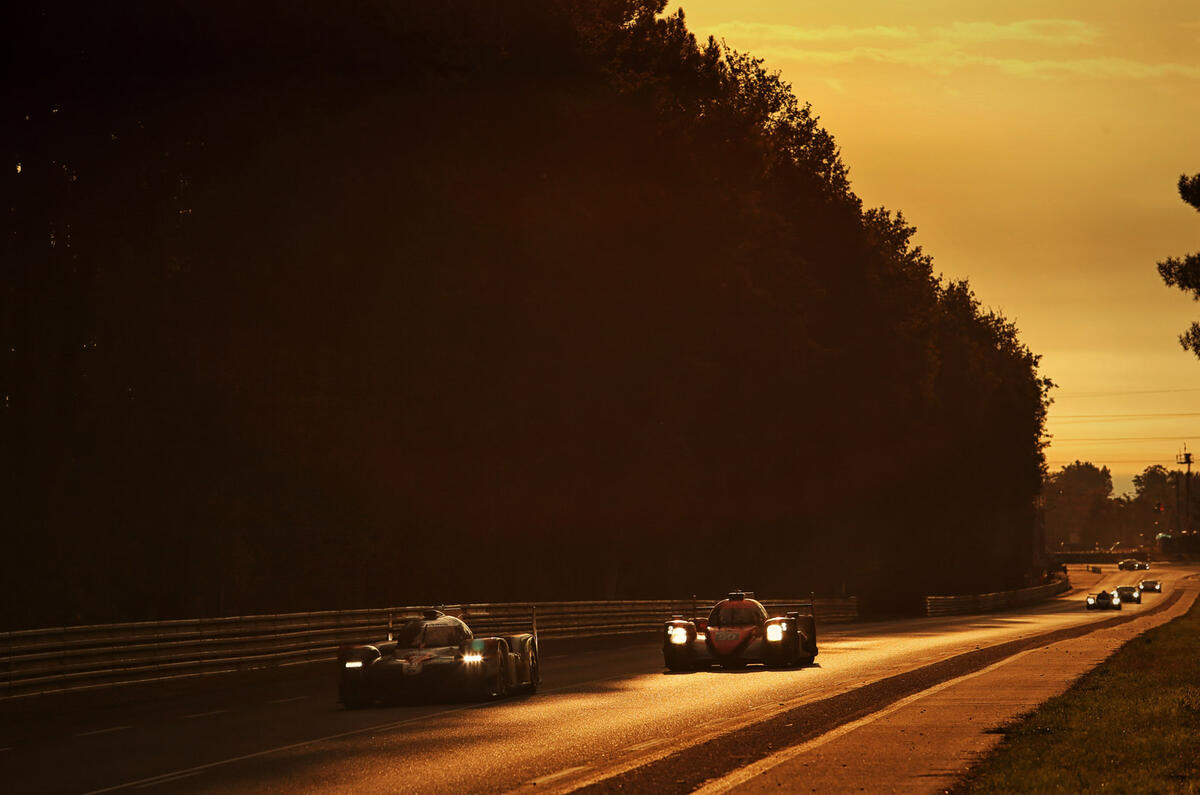
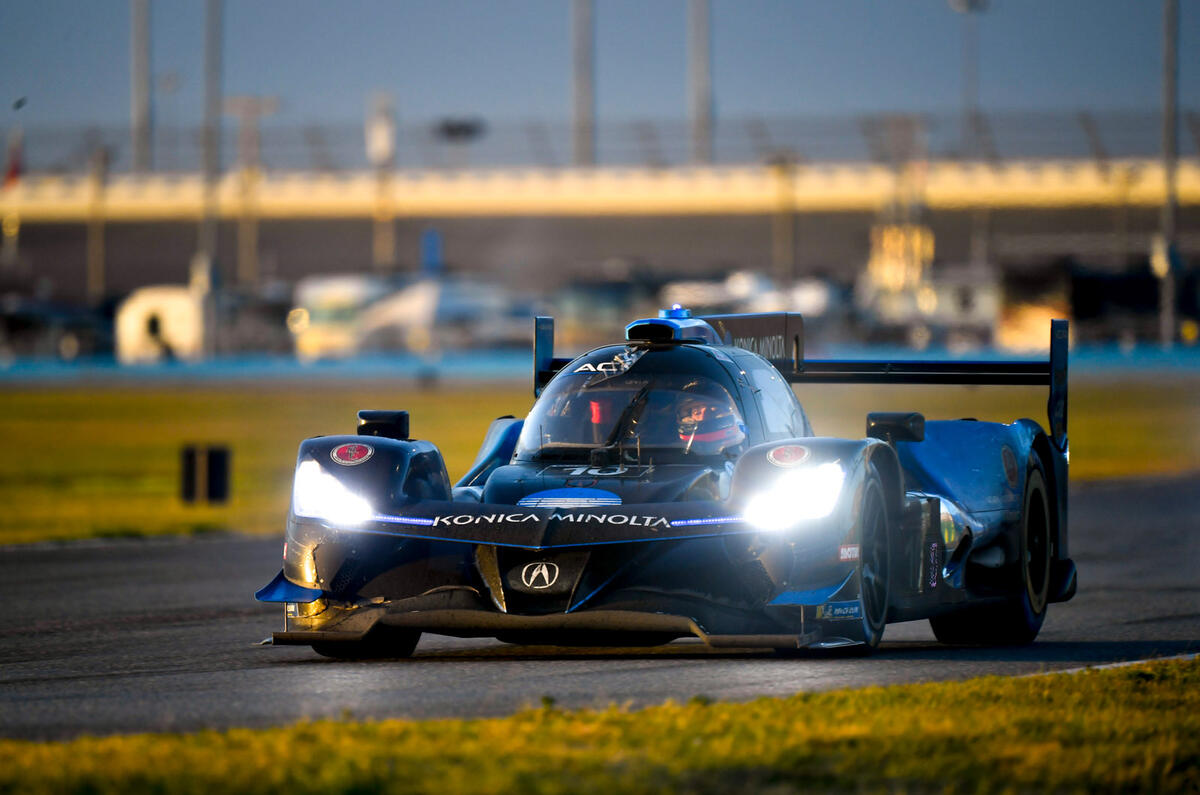

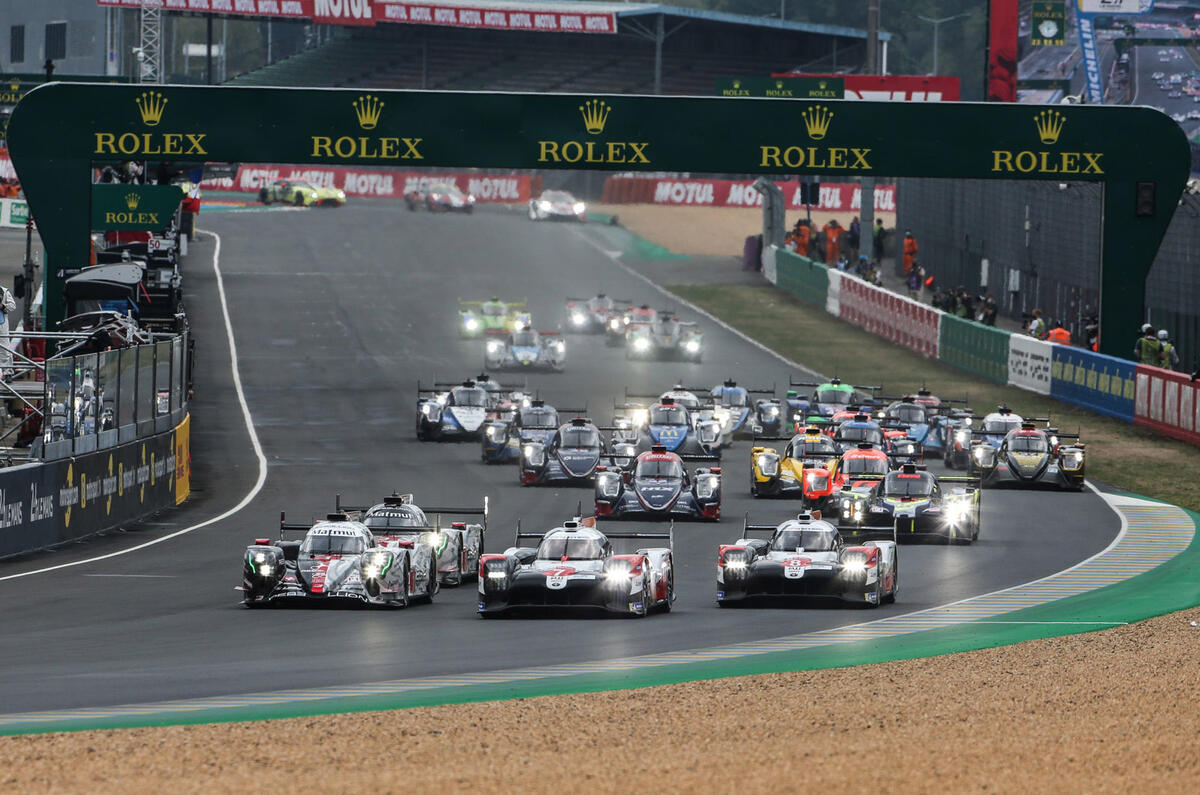
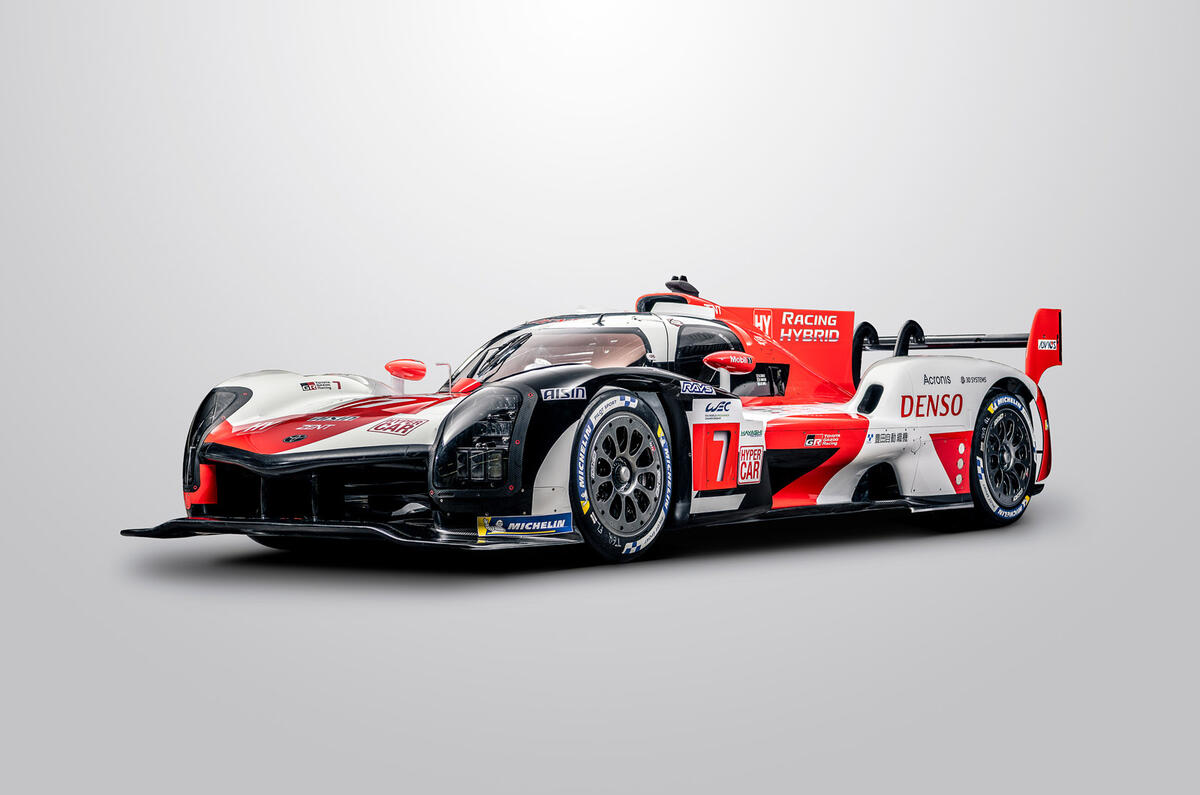
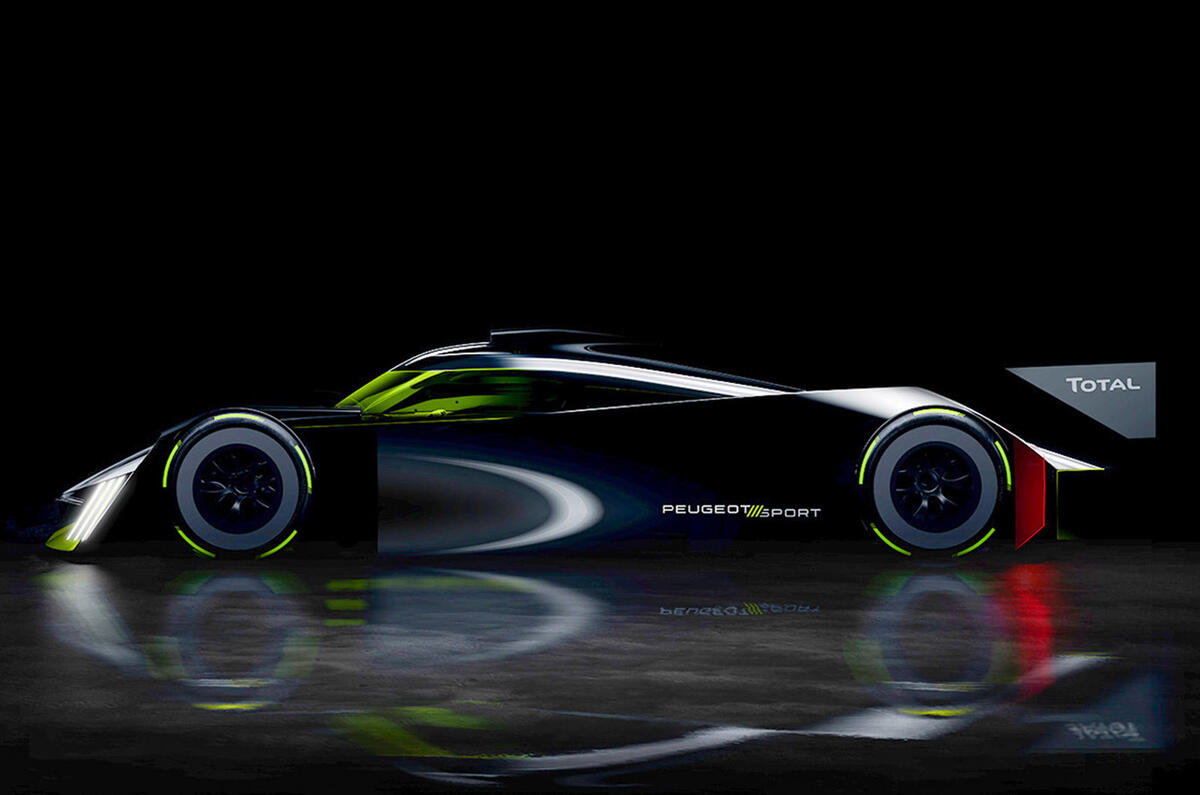









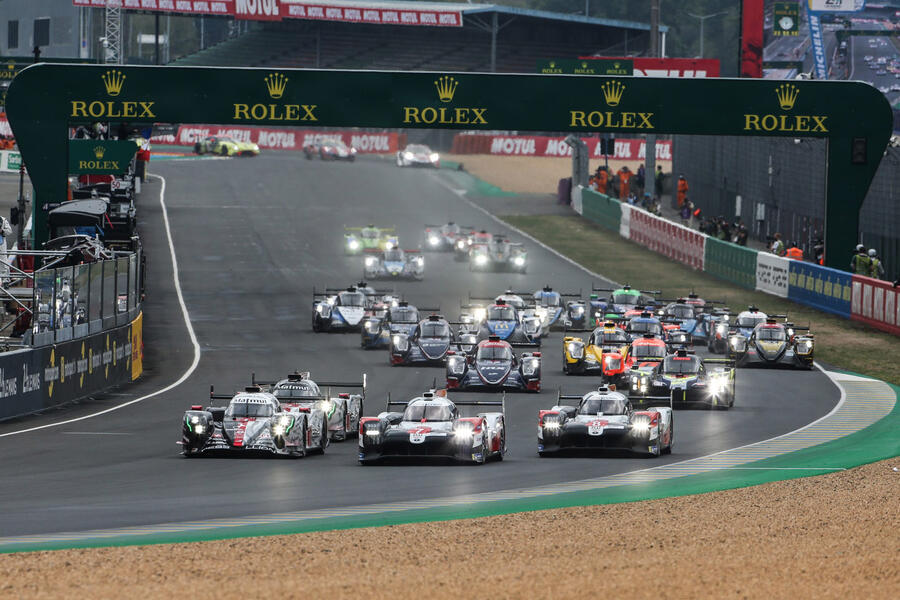
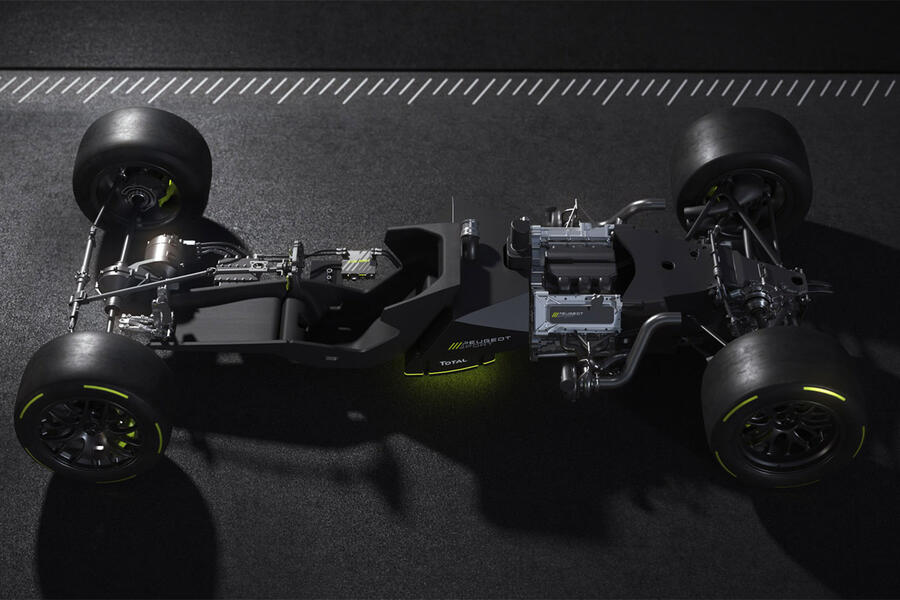
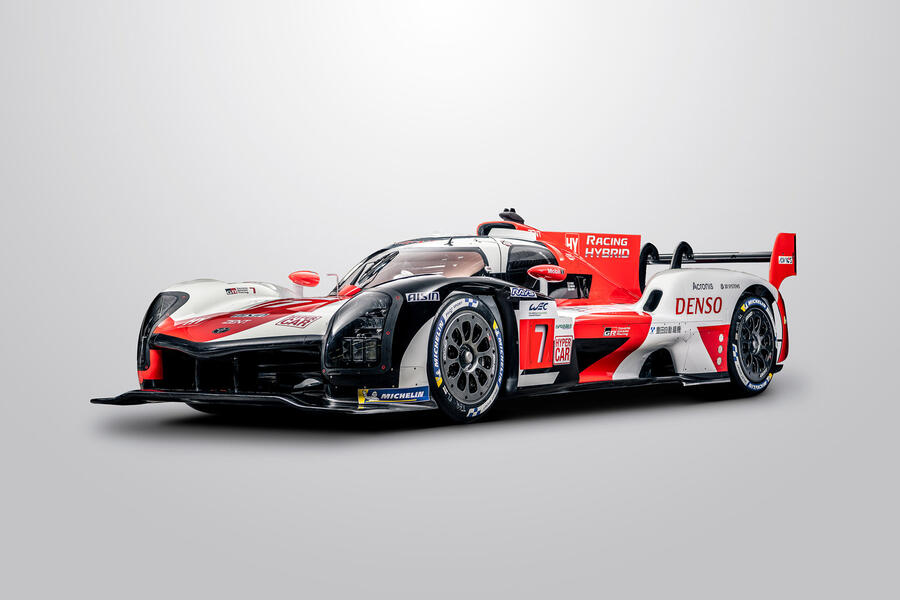





Join the debate
Add your comment
The LMDh instead of LMP2 would suit General Motors, which until now refused to enter their Cadillac branded Daytona Prototype International (DPi) cars because they were not allowed to use their own engine, but only one of the two allowed ones.
So one might see GM racing in two classes, in GTpro with the Chevrolet Corvettte, and in LMDh with their Cadillac DPi cars. Although I believe, they have no hybrid element in those yet.